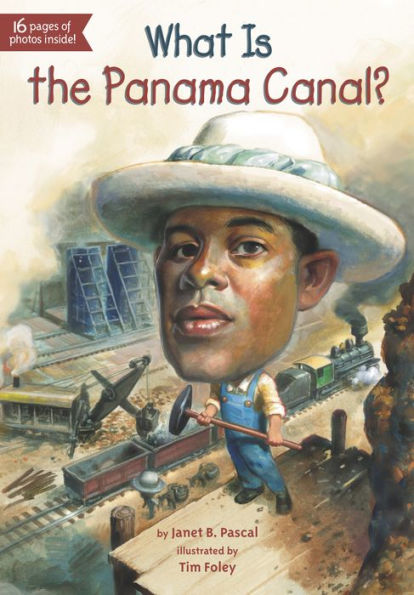Before 1914, traveling from the East Coast to the West Coast meant going by land across the entire United States. To go by sea involved a long journey around South America and north along the Pacific Coast. But then, in a dangerous and amazing feat of engineering, a 48-mile-long channel was dug through Panama, creating the world’s most famous shortcut: the Panama Canal!
1117229971
What Is the Panama Canal?
Before 1914, traveling from the East Coast to the West Coast meant going by land across the entire United States. To go by sea involved a long journey around South America and north along the Pacific Coast. But then, in a dangerous and amazing feat of engineering, a 48-mile-long channel was dug through Panama, creating the world’s most famous shortcut: the Panama Canal!
7.99
In Stock
5
1

What Is the Panama Canal?
112
What Is the Panama Canal?
112Related collections and offers
7.99
In Stock


Product Details
| ISBN-13: | 9780698171855 |
|---|---|
| Publisher: | Penguin Young Readers Group |
| Publication date: | 07/17/2014 |
| Series: | What Was? Series |
| Sold by: | Penguin Group |
| Format: | eBook |
| Pages: | 112 |
| File size: | 68 MB |
| Note: | This product may take a few minutes to download. |
| Age Range: | 8 - 12 Years |
About the Author
From the B&N Reads Blog
